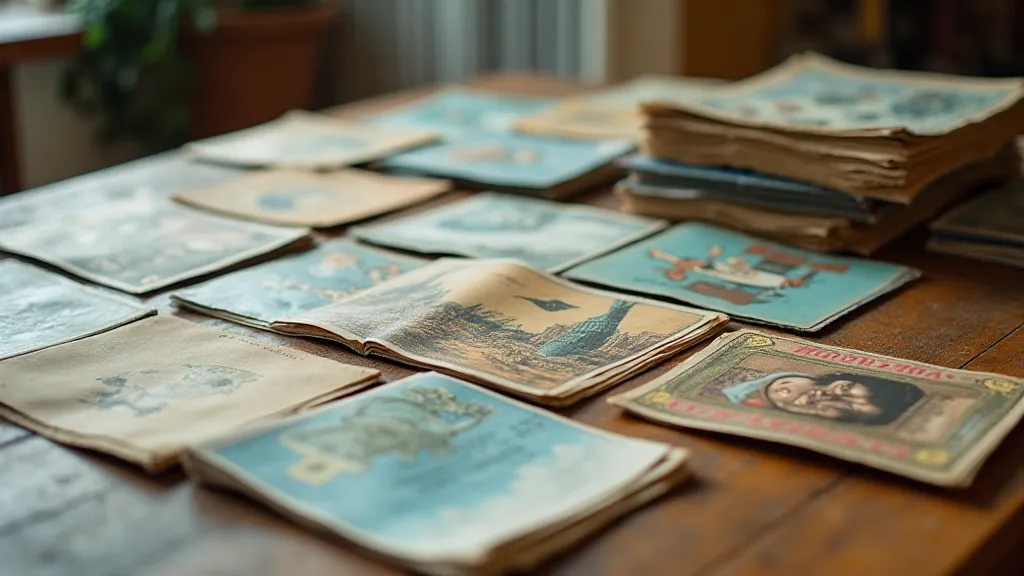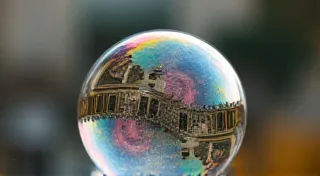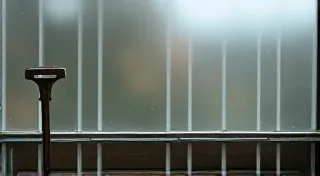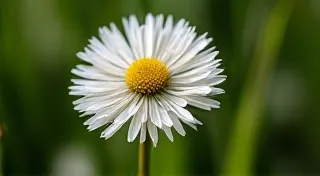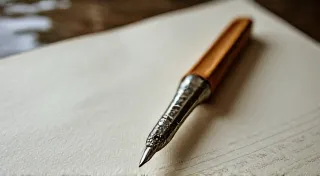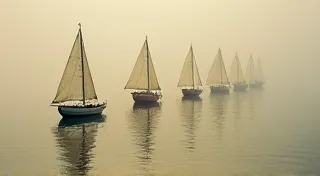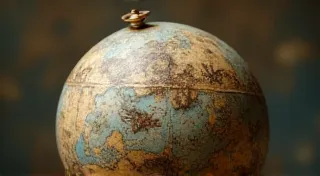Lost in Translation: The Evolution of Postcard Greetings Across Cultures
There's a quiet magic in holding a vintage postcard. It’s more than just a piece of cardboard; it’s a tiny portal to another time, another place, another life. The faded ink, the slightly yellowed paper—they whisper stories of hopes, dreams, and fleeting connections. As postcard collectors, we’re not just acquiring images; we're inheriting a fragment of human history. And when you delve deeper, you discover that the messages scribbled on the back of those cards reveal a fascinating tapestry of cultural nuances – greetings and expressions that varied as much as the landscapes depicted.
My own fascination began with a postcard from Vienna, circa 1910. My grandmother, a meticulous archivist of her family's history, had squirreled it away amongst a collection of faded photographs. The image was of the Hofburg Palace, grand and imposing. But it was the message that truly captivated me. Instead of a familiar “Dear…” or “Greetings,” it began with a formal “Hochachtungsvoll,” a German expression of deep respect – a level of formality virtually unheard of in today’s casual communication. It sparked a curiosity that has led me down a rabbit hole of historical greetings and social customs across the globe.
The Victorian Age: A Formal Affair
The Victorian era, especially in Europe and America, established a remarkably structured system of greetings on postcards. Politeness reigned supreme. A simple "Best Wishes" felt almost radical. The choice of phrase was dictated by the relationship between sender and recipient. “My Dear Madam,” was appropriate for a female acquaintance of some standing, while a male friend might receive a more casual “Yours Truly.” Even seemingly innocuous phrases carried significant weight. The use of titles (Mr., Miss, Dr.) was carefully observed, reflecting the rigid social hierarchies of the time. One can almost imagine the careful deliberation that went into selecting the *right* phrase, the worry of causing offense by choosing incorrectly.
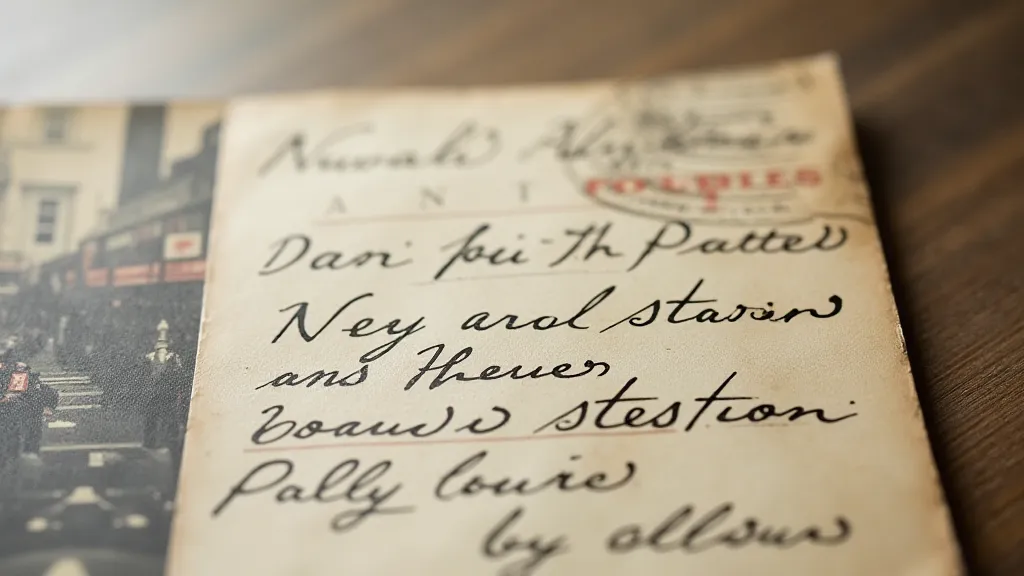
In France, the greetings were often equally elaborate. “Cher Monsieur” or “Chère Madame” were common, followed by lengthy descriptions of the sender’s activities or weather conditions. The sheer length of these messages, often stretching across the entire back of the postcard, speaks to a slower pace of life and a genuine desire to connect, even in a brief, impersonal way. It wasn't just about conveying information; it was about building rapport and maintaining social bonds.
Across the Atlantic: American Pragmatism
While Europe embraced formality, American postcard greetings began to evolve in a slightly different direction. The rapid industrialization and westward expansion fostered a culture that valued efficiency and practicality. Greetings became shorter, more direct, and often imbued with a subtle sense of American optimism. "Having a good time!" or "Wish you were here!" became popular phrases. The language reflected a desire for straightforward communication, a world away from the elaborate pronouncements of European greetings.
However, this doesn’s mean American greetings were devoid of sentiment. Early American postcards often featured patriotic themes and slogans, and the greetings accompanying them were often designed to inspire feelings of national pride. “Remember me!” and “Thinking of you!” conveyed a sense of longing and connection, even as the nation rapidly transformed.
Japan: A Language of Symbols
The nuances of postcard greetings become even more fascinating when we consider cultures with drastically different communication styles. Japanese postcards present a particularly compelling case. While written greetings certainly existed, they were often interwoven with elaborate seals (known as *hankos*) and artistic flourishes. The *hanko* was, and to a degree still is, a personal signature, representing the sender’s identity and status. The placement and style of the seal could convey subtle messages of respect or familiarity. Written greetings were often brief and poetic, relying heavily on implied meaning and cultural understanding. Directness wasn't always prized; hinting at feelings or circumstances was often preferred.
Furthermore, the images themselves often served as a form of communication. A postcard depicting a famous shrine or a scenic landscape wasn't just a pretty picture; it was a way of sharing a cultural experience, a subtle expression of belonging and shared identity.
Beyond the Words: The Craft of the Postcard
Beyond the greetings themselves, the physical postcard offers clues to its cultural context. The paper stock, the printing techniques, the artistic style – all reflect the technological and aesthetic values of the time. Early postcards were often hand-tinted, giving them a unique, almost handmade quality. The artistry involved in creating these cards demonstrates a level of craftsmanship that is rarely seen today. Consider the lithographers, the engravers, the printers – each contributing their skills to create these tiny windows into the past.
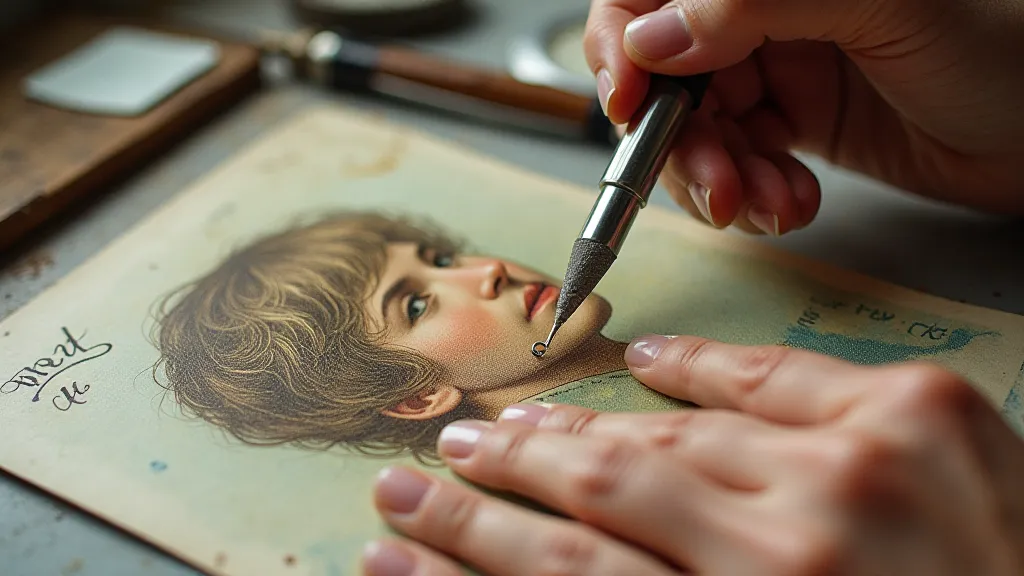
Restoring a vintage postcard isn't just about preserving its physical condition; it’s about preserving a piece of cultural heritage. Careful cleaning, proper storage, and gentle repair can extend the life of these fragile artifacts, ensuring that they continue to tell their stories for generations to come. A subtle cleaning can reveal details in the handwriting that were obscured by grime, bringing the sender’s voice back to life.
The Enduring Appeal of the Greetings
Collecting vintage postcards is more than just a hobby; it’s a journey through time, a window into the lives of people we’ve never met. The greetings on the back of those postcards remind us of a time when communication was more deliberate, more thoughtful, and more connected to the human experience. While modern technology has transformed the way we communicate, there’s still something deeply appealing about the simplicity and sincerity of a handwritten greeting on a vintage postcard. It’s a small piece of the past, a reminder of the enduring power of human connection, and a treasure trove of cultural insights, waiting to be rediscovered.
